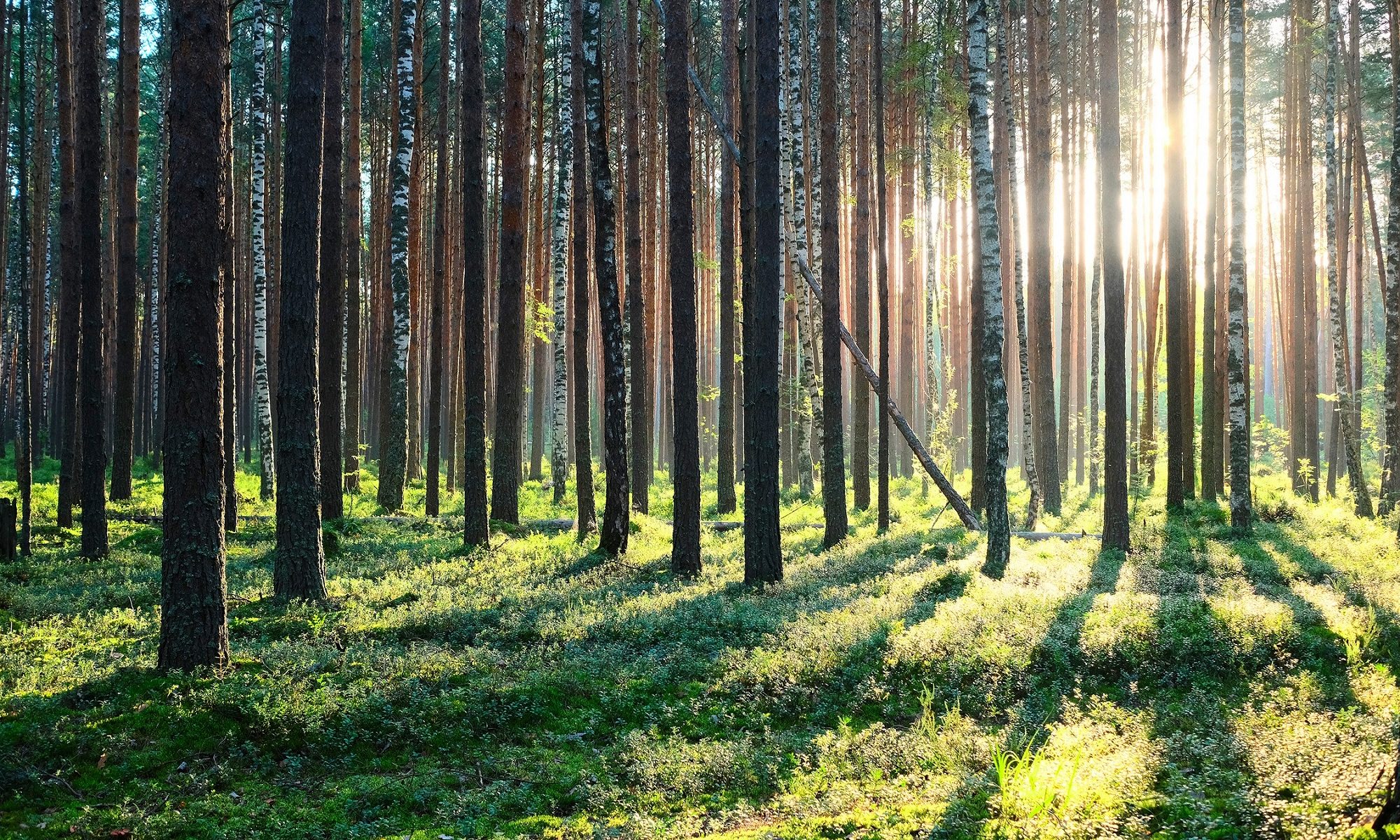Bioenergy Europe published the Statistical Pellet Report for 2022.
The total amount of pellets produced by the EU27 increased significantly, or by roughly 9%, in 2021. This relative growth translates into a growth in absolute terms of 1.636.119 tonnes. With 3.355.000 tonnes, Germany continues to be the EU27’s top producer, significantly outpacing Lithuania, which came in second with 2.108.400 tonnes. Seven of the top ten manufacturers in the world are located in the European Union. Other than Germany and Lithuania, the top producers globally include Sweden, France, Poland, Austria, and Estonia. Between 2020 and 2021, the rest of Europe (outside the EU27) also experienced a large growth of about 15%, or an absolute increase of about 200.000 tonnes. This number might appear to be low, but it is actually low because Russia, Belarus, and Ukraine were not included in the data for this report’s edition.
In absolute terms, North American production increased by just over 500.000 tonnes between 2020 and 2021, or around 4%. It’s important to note that this gain is nearly entirely the result of Canada’s output growth, which grew by 15% or 490.000 tonnes. The USA, the other nation included in this aggregate, saw a less than 1% increase in production. With about 9,3 million tonnes produced in 2021, the US is remain the world’s top producer of pellets.
Unfortunately, the South American data that has been gathered is only available for Brazil and Chile, the continent’s two biggest pellet producers. Therefore, this must be considered when drawing generalizations about South America as a whole. Unfortunately, no funding could be secured from Chile this year. The production in 2021 is 17% more than it was in 2020, or a total rise of 190.000 tonnes, although this gain is solely attributable to an increase in Brazilian production. Given the dearth of statistics, it seems likely that the rise in production in South America is higher than 17%.
Since no contribution from Oceania was received this year, it is regrettable that it is not possible to confirm the anticipated increase in production capacity in Australia that was stated last year. As a result, the data is updated to 2020. Even though there were the same number of production locations, we can nevertheless see an increase in actual production in New Zealand.
Due to challenges acquiring data, production in Asia (mostly Southeast Asia Plus Japan, South Korea, and China) cannot be calculated with any degree of accuracy. Thus, production in 2021 will be comparable to that in 2020. However, it is likely that output increased as well because continental consumption climbed by around 33% between 2020 and 2021. No data for China is shown in this study due to the unpredictability of the country’s pellet market. Accurate figures are hard to come by because of the vastness of the nation and the dominance of small producers on its market. In addition, it’s unclear what kind of pellet China is manufacturing (whether wood pellets or agropellets). In any case, it appears that the Chinese market is entirely domestic (there are essentially no imports or exports), which has very little effect on the world supply and demand.
Africa is still an undeveloped market for pellets today. Despite the continent’s significant wood supply, the pellet sector is still in its infancy. However, recent investments in the manufacture of wood pellets in Africa (mostly in South Africa and Gabon) have resulted in a marked increase in pellet output, which will be seen in the upcoming years.
For more information, visit Bioenergy Europe.
